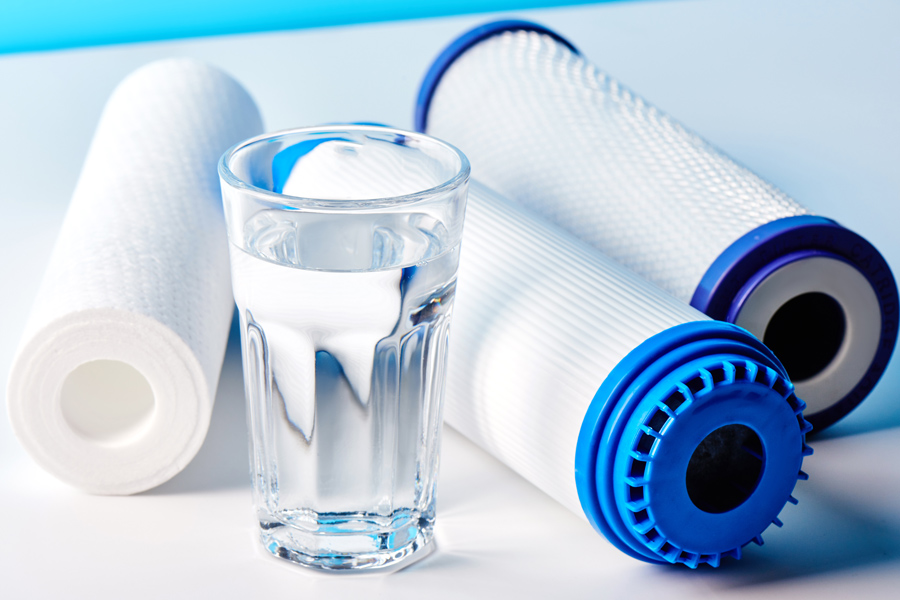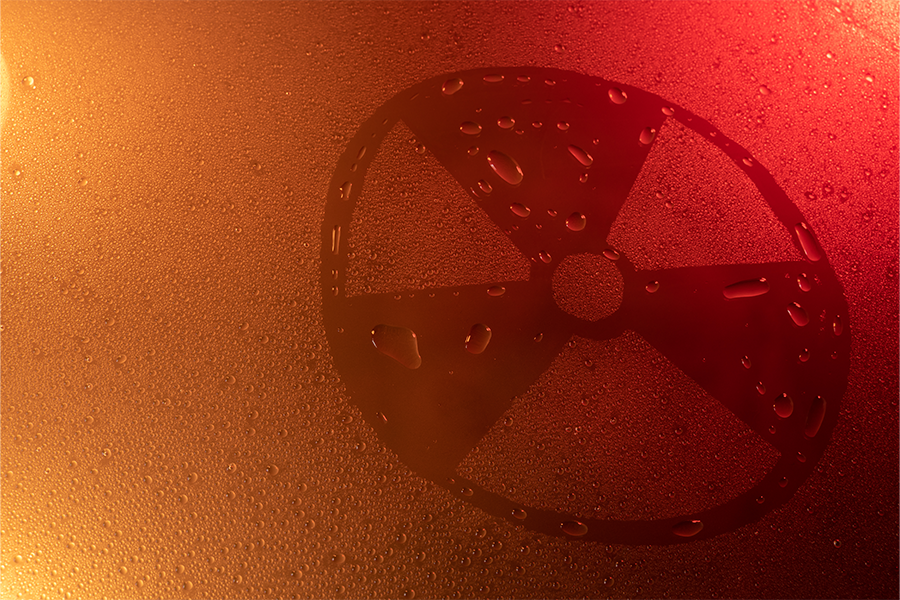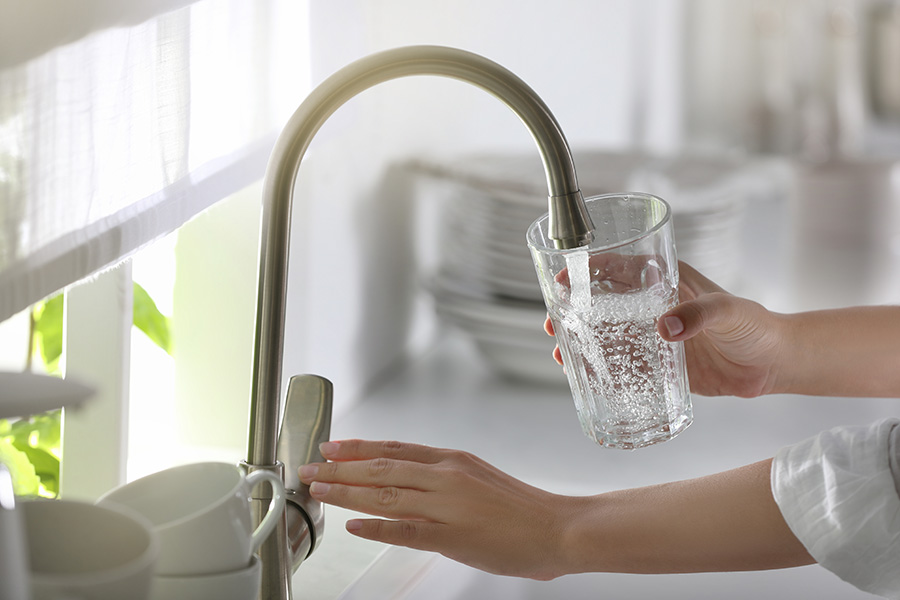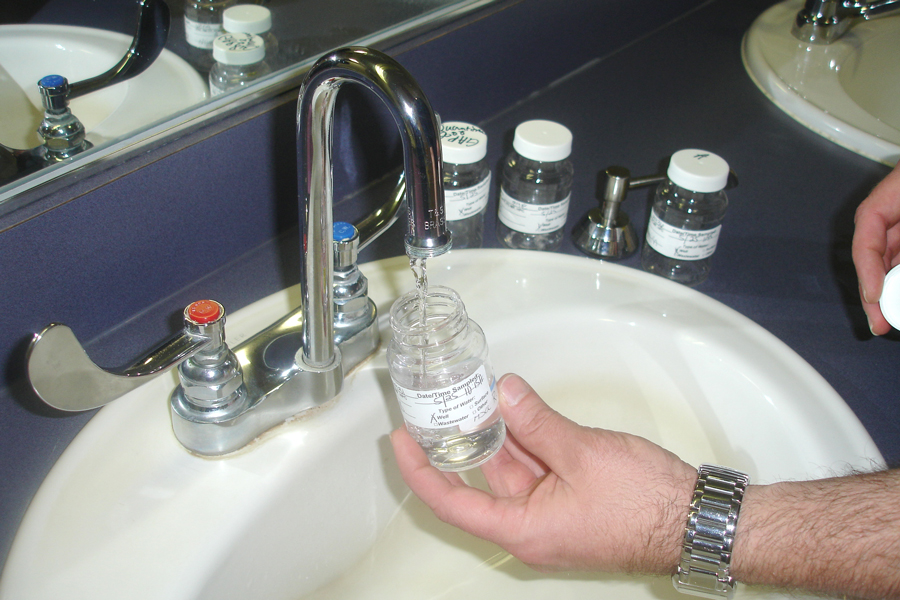Water Quality
-
 New
NewThis publication covers microfiltration, which is used for physical removal of contaminants from water. It describes how these processes work, their situation-specific usefulness/applications, maintenance needed for their proper functioning, and guidance for the consumers to select the appropriate filter.
Uttam Saha, Douglas Collins, Gary Hawkins, Pamela Turner, and Laurel Dunn
|
-

Homeowners sometimes experience unpleasant odors in their household water. In many cases, the exact cause of the odor is difficult to determine by water testing; however, this publication provides a few general recommendations for treating some common causes of household water odors.
L. Risse and Uttam Saha
|
-

On-site wastewater treatment systems provide treatment and ultimate dispersal of wastewater from homes and small businesses. They usually consist of a septic tank, a drain field and the underlying soil. When properly designed, installed and maintained, they are an environmentally benign method to manage household wastewater.
Gary Hawkins
|
-

C 858-14
Uranium in Your Water
Uranium in your drinking water may be harmful to your health. If your water comes from a public system, it is routinely tested to ensure safe levels of uranium. If your source of household water is a private well, cistern or spring, you are solely responsible for the quality of your own drinking water. Private well owners are encouraged to monitor uranium through water testing.
Uttam Saha
|
-

Arsenic in your drinking water may damage your health. Because arsenic in household well water is usually dissolved from natural rock in the aquifer, water treatment is the only way to eliminate it. This publication describes methods for removing arsenic from household drinking water.
Uttam Saha
|
-

An abundant supply of clean, safe drinking water is essential for human and animal health. Water from municipal or public water systems is treated and monitored to ensure that it is safe for human consumption. Many Georgia residents, especially in rural areas, rely on private water systems for human and livestock consumption. Most private water systems are supplied by wells. Water from wells in Georgia is generally safe for consumption without treatment. Some waters, however, may contain disease-causing organisms that make them unsafe to drink. Well waters may also contain large amounts of minerals, making them too “hard” for uses such as laundering, bathing or cooking. Some contaminants may cause human health hazards and others can stain clothing and fixtures, cause objectionable tastes and odors, or corrode pipes and other system components.
L. Risse and Uttam Saha
|
-

Presence of bacteria in your drinking water supply does not necessarily pose a health hazard. Certain types of bacteria in household water are more of a nuisance issue. Your water may test negative for coliform and E. coli, but it may still contain other bacteria, typically nuisance bacteria. The two most common types of nuisance bacteria are iron (manganese) and sulfur bacteria. Iron (manganese) bacteria are generally more common than sulfur bacteria because large amounts of iron can be present in ground water. Iron and sulfur bacteria can live together in a household water supply system, so it can be very difficult to determine whether the problem is from one or the other, or both.
Water tests looking for the presence of iron bacteria are seldom recommended and are generally not required. Instead, the confirmation of the presence of iron bacteria is usually based on visual inspection. The unmistakable “rotten egg” odor of hydrogen sulfide gas is the most obvious sign of a sulfur bacteria problem.
Once iron bacteria are well established in a household water supply system, their complete elimination is extremely difficult or even impossible. Preventive measures are more critical and effective than corrective actions. This publication includes some simple preventive measures as well as control and treatment options.
John Parks, Uttam Saha, and Jason Lessl
|
-

C 858-9
Corrosive or Scaling Water
Corrosiveness or scaling is an inherent property of some groundwater and is related to the type of rocks or sediments in contact with the groundwater. Corrosion is caused when water reacts with and dissolves metal plumbing. This can add toxic levels of metals like copper and lead to your water. Other problems associated with corrosive water include:
• Deterioration and damage to the plumbing
• Water damage caused by leaks
• Staining of laundry
• Bitter taste
• Staining of plumbing fixtures
Scaling occurs when water has high levels of minerals like calcium carbonate, which can build-up on surfaces. Slight scaling can be considered beneficial because the inside surfaces of metal pipes become coated with harmless minerals that act as a barrier to corrosion. Increased levels of scaling, however, can be harmful. Hot-water heaters are the most common place for scale formation in a home water system. Problems caused by scaling include:
• Reduced efficiency of the hot-water heater
• Reduced or blocked flow to fixtures or appliances
• Leaky valves
The degree of either corrosiveness or scaling can be predicted using a Saturation Index (SI). The following information contains a description of the SI, non-treatment strategies for reducing problems, and treatment methods to reduce the corrosion or scale caused by your water.Gary Hawkins, Pamela Turner, and Uttam Saha
|
-

C 858-10
Lead and Copper
Private wells are exclusively supplied by groundwater. The source waters for most public water systems in south Georgia (and some in north Georgia) are also supplied by groundwater. Generally, lead and copper concentrations in the major underground aquifers in Georgia are far below the U.S. Environmental Protection Agency’s (EPA) action levels. They enter the household drinking water system and exceed the action levels almost exclusively via corrosion of plumbing materials. Many homes built prior to the 1988 still have lead solder connecting copper pipes, unless later on replaced by PVC pipes. Also, indoor plumbing fixtures are often made of lead and copper or their alloys, such as brass. Corrosive water can dissolve small amounts of these metals from plumbing which, upon drinking, may be harmful to your health. In 1992, the lead and copper rule, published by the EPA, became effective and required that municipal water suppliers must treat water to reduce concentrations below action levels of 0.015 milligrams (mg) lead per liter or 15 parts per billion (ppb) and 1.3 mg copper per liter or 1.3 parts per million (ppm). Keep in mind, however, that the EPA does not regulate private water supplies (such as well water), nor can the EPA control the lead and copper contamination that may result from your household pipes.
Gary Hawkins, Pamela Turner, and Uttam Saha
|